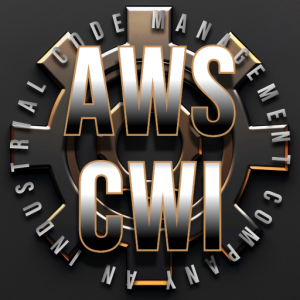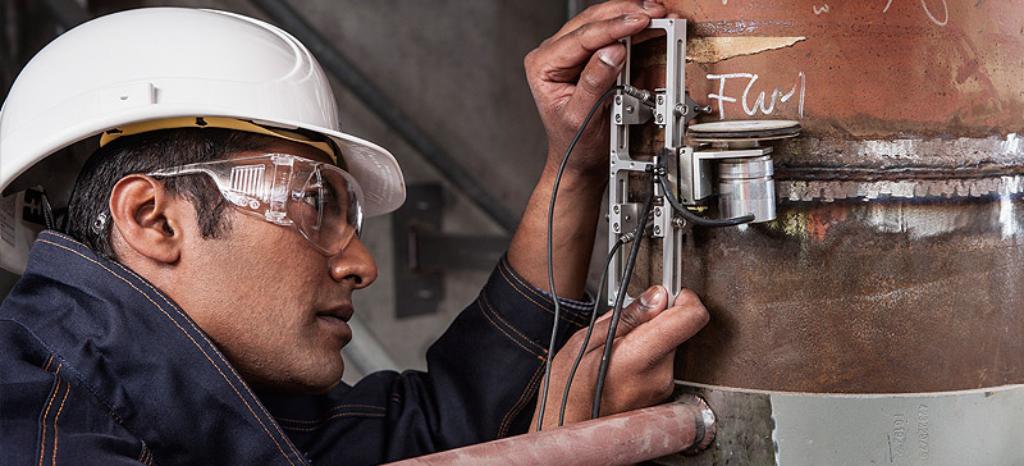A Comprehensive Guide to Welding Examination: Understanding Criteria, Techniques, and Best Practices for Quality Control
Welding inspection plays a crucial function in guaranteeing the architectural honesty and safety and security of welded components, requiring a detailed understanding of industry requirements such as those established by AWS and ASME. As we discover these essential aspects, it comes to be apparent that the effects of welding evaluation expand far beyond compliance, welcoming a better exam of how these processes form industry standards and techniques.
Significance of Welding Assessment
Welding examination plays a vital function in ensuring the stability and security of bonded structures. It is a vital process that validates that welds comply with predefined requirements, which is vital in various sectors, including building, automotive, and aerospace. By conducting detailed examinations, prospective issues such as fractures, insufficient fusion, and porosity can be recognized early, avoiding catastrophic failings that could lead to crashes or pricey repairs.
The relevance of welding examination prolongs past simple compliance with policies; it additionally promotes trust fund with stakeholders. Clients and governing bodies anticipate assurance that the structures they count on are developed to endure operational stresses. Moreover, efficient welding assessment practices add to long-lasting durability and performance of the structures, inevitably causing decreased maintenance costs.
Additionally, welding inspection promotes a culture of top quality within organizations, motivating adherence to best methods and continuous renovation. By incorporating evaluation procedures into the welding operations, companies can enhance their track record and establish themselves as leaders in quality assurance. To conclude, the significance of welding evaluation hinges on its ability to secure lives, ensure structural integrity, and copyright industry standards, making it a crucial element of welding operations.
Secret Market Standards
Making sure compliance with essential sector requirements is essential for maintaining the top quality and security of bonded structures. Numerous companies establish these standards to promote finest techniques in welding and evaluation - Welding Inspection Gilbert Arizona. Amongst one of the most identified are the American Welding Society (AWS) and the American Culture of Mechanical Engineers (ASME), which give comprehensive guidelines and specifications for welding processes and assessment requirements
AWS standards, such as AWS D1.1 for structural welding, summary needs for materials, layout, and testing to make sure the stability of welds. ASME codes, consisting of ASME Section IX, control the certification of welders and welding procedures, ensuring consistent top quality in industrial applications. Globally, the ISO 3834 common emphasizes quality requirements for fusion welding, giving a structure for organizations to demonstrate conformity with global best methods.
Conformity with these requirements not just boosts the dependability of bonded structures but likewise mitigates risks related to structural failures. In addition, adherence to industry standards is typically a requirement for governing authorizations and can considerably affect task specifications. Inevitably, understanding and applying these essential requirements are vital for reliable welding evaluation and high quality assurance.
Examination Techniques Summary
Effective welding examination depends on a selection of methods created to evaluate the quality and integrity of welds. These strategies can be extensively categorized right into non-destructive and harmful testing (NDT) techniques. Non-destructive testing strategies, which are commonly liked in the market, permit the analysis of welds without compromising the honesty of the product.

Amongst one of the most generally utilized NDT techniques are visual examination, ultrasonic screening, radiographic testing, and magnetic fragment testing. Aesthetic evaluation is commonly the very first step in the examination procedure, making it possible for assessors to determine surface imperfections and assess weld bead profiles. Ultrasonic screening employs high-frequency sound waves to identify internal imperfections and measure the density of welds. Radiographic screening entails making use of X-ray or gamma-ray imaging to expose interior problems, while magnetic fragment screening works for spotting surface area and near-surface suspensions in ferromagnetic products.
Each strategy has its very own benefits and limitations, making it necessary for assessors to select the most proper approach based on the specific demands of the job, the products entailed, and the criticality of the welds being checked. This cautious option makes certain extensive analyses and supports safety and security and high quality standards in welding operations.
Typical Flaws and Their Implications
A comprehensive understanding of common problems in welds is important for keeping architectural honesty and safety and security in bonded building and constructions. Welding defects can significantly endanger the mechanical residential or commercial properties of the joint, causing failings that can endanger both employees and tools.
Typical issues include porosity, which manifests as tiny gas pockets entraped in the weld metal, damaging the total framework. Cracking is another common Related Site problem, frequently resulting from quick cooling or inappropriate joint style, bring about stress focus that can cause tragic failures. Insufficient blend occurs when the weld steel falls short to appropriately bond with the base product, producing powerlessness that might lead to separation under load.
Other remarkable defects include undercutting, where the weld grain erodes the base steel, and slag inclusions, which can impede the weld's stamina. Each of these problems has specific implications; for circumstances, porosity can reduce ductility, while cracking directly impacts tensile toughness. Identifying and recognizing these problems during evaluation is essential for guaranteeing and applying corrective measures compliance with sector requirements, inevitably safeguarding the structural integrity of welded assemblies.
Best Practices for Quality Control
Implementing ideal practices for quality control in welding processes is important for achieving optimal outcomes and decreasing defects. One crucial method is the establishment of clear welding treatments that adhere to industry requirements and requirements. These treatments ought to consist of thorough guidelines regarding product option, joint prep work, and welding techniques to make certain consistency and top quality.
Regular training and accreditation of welding personnel are additionally vital. Competent welders that comprehend the importance of top quality guarantee are more likely to create audio welds. Furthermore, carrying out a robust assessment program, consisting of both non-destructive and aesthetic screening (NDT), can assist determine defects early while doing so, enabling for prompt restorative actions.

Last but not least, fostering a culture of top quality within the company urges employees to prioritize high quality in their work. By sticking to these finest practices, companies can improve the stability of their welding processes, eventually causing boosted item top quality and minimized expenses connected with rework and repair services.

Conclusion
Finally, welding examination plays a crucial duty in making certain the stability and safety of welded frameworks. Adherence to essential sector requirements, such as those developed by AWS and ASME, is necessary for reliable quality control. Utilizing numerous examination strategies enables the recognition of common defects, therefore minimizing possible dangers. By carrying out finest techniques, companies can improve dependability, decrease upkeep costs, and cultivate depend on amongst customers, ultimately adding to effective welding procedures - Welding right here Inspection Gilbert Arizona.
Furthermore, welding assessment advertises a society of quality within companies, motivating adherence to finest methods and constant renovation. In final thought, the importance of welding evaluation lies in its capacity to safeguard lives, ensure architectural dependability, and maintain market requirements, making it an indispensable facet of welding procedures.
Among the most identified are the American Welding Culture (AWS) and the American Culture of Mechanical Engineers (ASME), which give comprehensive standards and specifications for welding procedures and inspection criteria.
Ultimately, understanding and executing these vital standards are necessary for efficient welding inspection and top quality guarantee.
Efficient welding examination depends on a selection of methods designed to examine the high quality and integrity of welds.
Comments on “Why Choose Specialist Welding Inspection Gilbert Arizona for Your Jobs?”